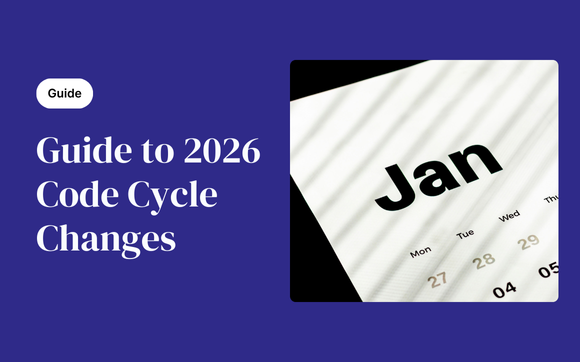Why Architects and Design Teams need Construction Permitting Software

Design is only one part of your job. Before the first submittal ever goes in, you're already navigating building codes, feasibility constraints, and documentation standards that vary for every city.
Permitting adds a second layer of complexity to your projects, often with little support and even less structure. It’s a critical part of the process, but it rarely feels like it’s set up to work with the way architects work.
What if there was a way to bring structure and clarity to permitting, so you could focus on design rather than paperwork?
Why permitting is hard for architects
Research and feasibility take time
Every jurisdiction has its own codes, forms, and submittal requirements, and they’re not always easy to find. Even identifying what’s needed to submit a complete package can require digging through PDFs, interpreting vague language, or calling the city directly.
Why are building requirements hard to navigate? Read about it here.
Every submittal is a unique packet
Permit drawings are held to a high standard, but expectations aren’t always clear. Cities may require custom formatting, multi-part packages, or supplemental documents based on tenant or project type. It’s hard to know exactly what’s expected of a submittal before a single sheet is uploaded.
There’s no visibility into applications
Once a set is submitted, it disappears into a black box. You don’t know if it has gone through intake, if it’s been reviewed, whether comments are coming, or how long it will take. Without visibility, it’s hard to plan your own workload or support the project team with accurate timelines.
Comments and re-submittals take time
Reviewers might ask for “clarification” or “additional detail” without referencing sheet numbers or file names. It falls on the architect to interpret what’s missing, update the right documents, repackage the set, and resubmit. Even small gaps in clarity can mean hours of extra work.
All of this sits on top of your design work
Permitting isn’t just a task, it’s a layer of administrative and coordination work that sits outside your core responsibilities. And yet, it’s often the architect who ends up chasing down details, fixing issues, and keeping the process moving.
What better permitting can look like for architects
The right construction permitting software can give design teams structure, context, and clarity:
- Pre-loaded requirements based on project location and type
- Centralized workflows to manage plan sets, comments, and re-submittals
- Visibility into status, ownership, and timelines
- Version control and document tracking across internal and external teams
With permitting software, architects can spend less time on rework and guesswork and more time on design.
Permitting software is a design safeguard
Construction permitting software isn’t just for project managers. They support architects by making permitting more predictable, transparent, and collaborative. You don’t need more tools—you need one that understands the complexity of your role.
Learn more: Understanding Construction Permitting Software
Explore the best permitting software to meet your goals:
The Best Retail Permitting Software for Faster Store Openings
Best Permitting Software for Faster EV Deployment
Keep reading

What to Expect for 2026 Code Cycle Changes

How Solidcore Builds Fast Without Losing Form

Why Retail Architects Choose Pulley
Get permits. Faster.
Starting today, with Pulley.

